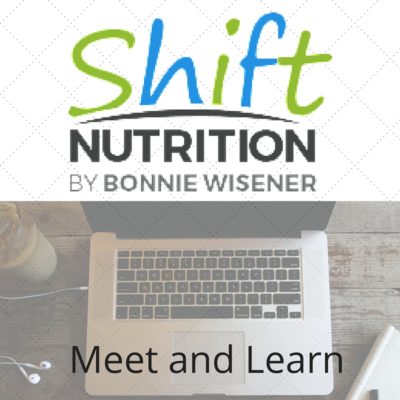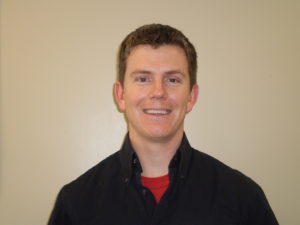Osteopathy – What the heck is that?

I love having this space. This blog. For the most part, so far, I have mostly posted some amazing recipes. I get incredible feedback from them, and I am really glad to share them here. However, one of my mandates is education. I want to share so much of the incredible knowledge that I have gained as a holistic nutritionist. I strongly believe that knowledge is power. I know that the world wide web is an amazing tool that helps us acquire knowledge. I also know that so much of it can be overwhelming, conflicting and downright confusing.
That is what lead me to introduce this “Meet and Learn” series. I will periodically introduce you to a practitioner or practice that you may not know much about. The goal is for you to learn what options for healing are available to you. Here is the first in the series…
As a holistic practitioner, I have the incredible privilege to work with and experience the healing powers of many different types of modalities. A modality is just a fancy term describing an area of practice. One area of practice that I have had the great pleasure of experiencing is osteopathy. I had my first experience with an osteopathic manual practitioner a little over a year ago. I had a “kink” in my neck for nearly a year. I should have addressed it long before I did, but I kept brushing it off. It got to the point where I barely had any range in movement to the left. It was bad. It was unsafe for driving, etc. I had not sustained a particular injury. It was likely a remnant of a particularly stressful episode, worsened by habits like cradling a telephone in the crook of my neck when speaking on the phone.
I visited John Sage. I had seen John at Apple Creek Sports Medicine before. John is also a seasoned Athletic Therapist. My husband, myself and many of my friends and clients refer to John as “The Magician”. This friendly moniker only became more enhanced when he became an Osteopathic Manual Practitioner. More recently, I tore a calf muscle. I visited John for a few osteopathy sessions, did the exercises he prescribed and boom! Back in business, back to my active life. Obviously, this is not magic, there is a tremendous level of skill and knowledge involved. While I have referred several of my own clients to John, I don’t feel like I can properly explain this modality – Osteopathy. And I really wanted to share it with you. So, I asked John if he would join me here to provide us with an explanation. After all, knowledge is power. Become empowered.
I introduce you to…John Sage.
Osteopathy – it’s not just for bones and joints!
Lots of people ask me what osteopathy is and how it helps. They assume osteopathy means bones, but Osteopathy is bigger than that. Originally, the word was coined by Andrew Still in 1974, using the Greek words to describe “Bone” and “Sensitive to” as a description of his starting point for assessing and treating pathological conditions. Over the years the profession has evolved to encapsulate the whole body, using the body’s ability to heal itself through self-regulation. Osteopathy helps to restore function and promote vitality within the body.
For those of you who have received treatment, trying to describe it can be difficult. Patients sense the touch as being gentle – they say – “it doesn’t really feel like anything”, but after treatment they feel better?
For those of you who might be considering treatment, it is tough to describe because the prescription for everyone is different. Based on a thorough history, assessment of the body, consideration of life factors and presentation of current state of physicality, the osteopathic manual practitioner will treat accordingly.
The standard definition of Osteopathy is
“A natural medicine which aims to restore function in the body by treating the causes of pain and imbalance. To achieve this goal, the Osteopathic Manual Practitioner relies on the quality and finesse of his/her palpation and works with the position, mobility and quality of the tissues.”
What does this mean?
The body has an amazing ability to heal itself – if you get a cut, the body patches it with a scar and over time the scar disappears along with the pain and function is restored. Problems occur when the body is under too much pressure (trauma, stress, poor posture, gravity etc.) and it cannot easily repair itself. This creates dysfunction in tissue, which sometimes results in pain, pressure, poor function or disease. Osteopathic practitioners try to locate the original dysfunction, the epicenter of the problems, remove the dysfunction through appropriate treatment, which then allows the body to start the healing process and run efficiently again.
Another question I get often is, “sure you helped my mom with back pain, but can you help me with …
The optimistic answer is yes! As an osteopathic manual practitioner, we try to get the subjects body to run efficiently by removing the barriers to health. This can be done in various ways which may include gentle techniques like cranio-sacral therapy, visceral mobilization, muscle energy techniques or a more specific structural osteoarticluar correction. These techniques in combination of the body’s amazing ability to heal itself can help kick-start health, positive healing and better environment for your body’s functions to function.
My story is one that is pretty common for both patients and practitioners. As a student I had the pleasure of being taught by an osteopathic practitioner in a sport injury course. It was easy to see at the beginning of the course that this person was looking at things differently, but from a logical perspective. They presented the anatomy, physiology and functionality all together which made so much sense. I then sought treatment from an osteopathic practitioner for a cranky low back that had been plaguing me for years. After seeing multiple therapists and practitioners, it was osteopathy that was able to marry my description of pain, history of falls and car accidents, examine other complaints and quickly remedy my physical barriers and correct my low back pain. It was at that point that osteopathy would be my next educational goal; to gain a better understanding of healing and assist my patients in attaining their goals. I enrolled at the Canadian College of Osteopathy in Toronto, a private school which includes a 5 year academic calendar and topped off with a defence of a thesis of independent, original research. There are some other educational institutions that are teaching osteopathic principles, but in my experience, it is just scratching the surface. There are so many levels of osteopathy, the body’s anatomy and physiology, as well as the healing process, that future patients need to choose their practitioners wisely.
For more info on John and how to reach him, click here:
http://applecreeksportsmedicine.com/staff/athletic-therapists/john-sage/

